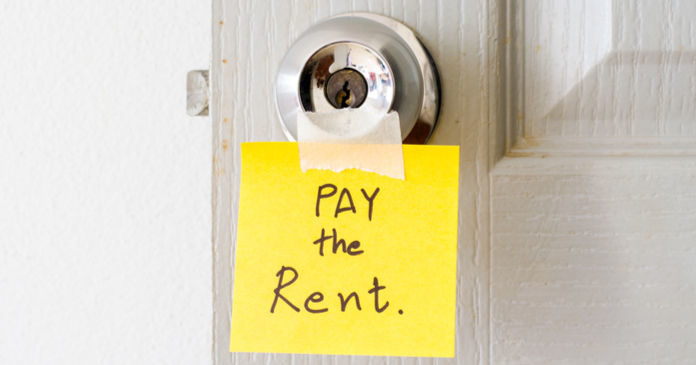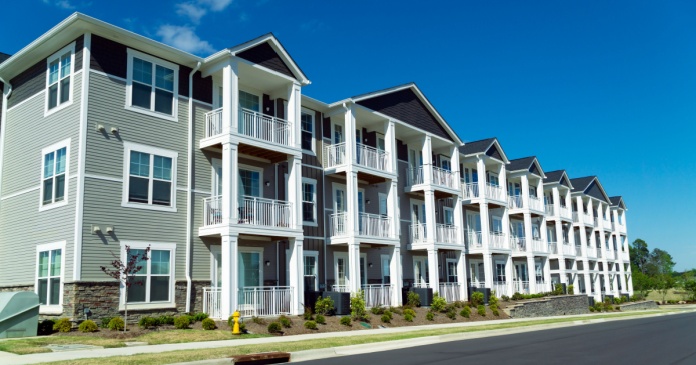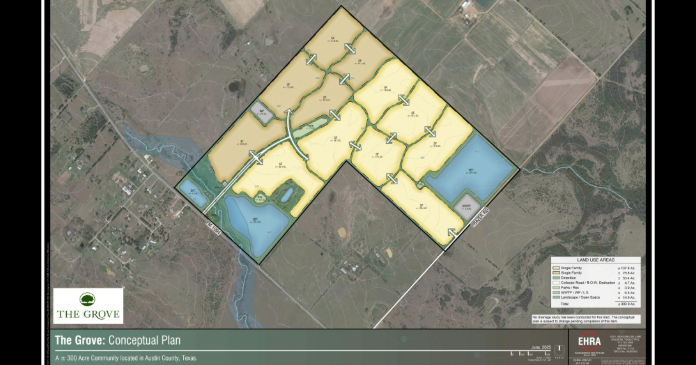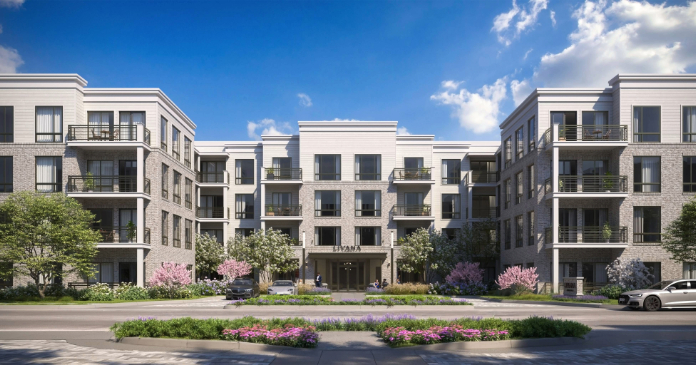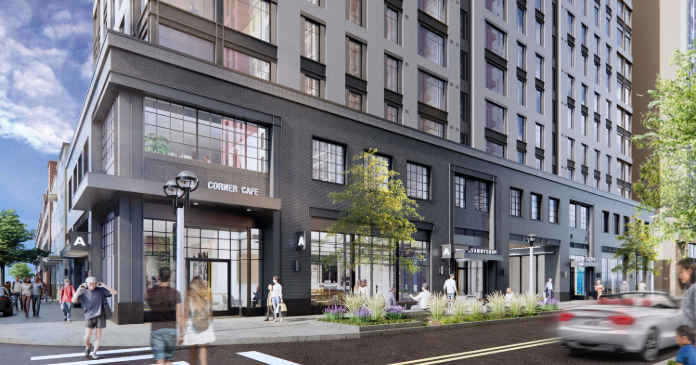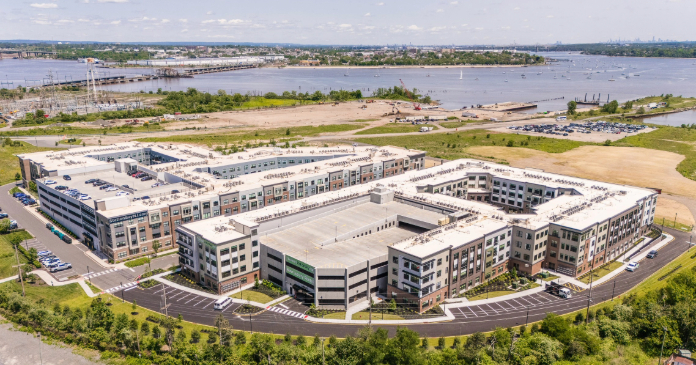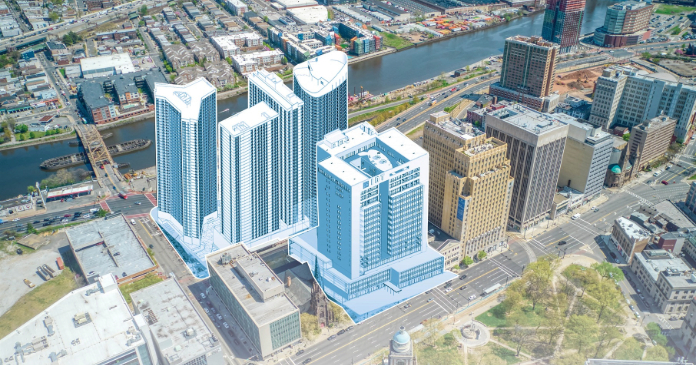The Fisher Center for Real Estate and Urban Economics (FCREUE) at UC Berkeley issued a paper intended to lay out the case against re-introducing rent control in California. The report was written by the Rosen Consulting Group and it identifies three negative impacts to the rental housing market likely to result from rent control. It looks at the actual impact of rent control laws from around the country to support its projections.
Impact 1: Rent control incentivizes landlords to convert their properties to other uses
The paper cites multiple studies that show that imposing rent control causes “leakage” of rental units from the rental housing stock. Some rental units may be converted to occupant-owned housing such as condominiums or co-ops. Some units may be renovated to the point that they are considered “new” and thereby escape rent control rules. Other units may be converted to purposes other than housing.
Studies cited in the report estimate the loss of rental units at 6 to 10 percent of the rental stock over a 6 to 20 year time span. This loss can make a big difference in a rental-tight housing market.
Impact 2: rent control discourages construction of new rental units
Proponents of rent control have said that the effect of rent control laws on construction of new housing units is limited. However, they often include new construction statistics for cities where rent control only applies to older buildings. They suggest that the newly-constructed buildings (that are not subject to rent control) are evidence that rent control has little impact. Lumping together jurisdictions where new buildings will be rent controlled with those where they will not be obscures the impact of rent control laws on new construction.
The FCREUE report compares building permit data from three California cities for the 14 years when they were able to impose rent control on newly constructed buildings to data for the following 22 years when newly constructed buildings were exempt from rent control. For Santa Monica, annual unit permits increased by 28 percent, for San Francisco, annual unit permits increased by 83 percent and for Berkeley, annual unit permits increased by 400 percent after newly constructed units were freed from rent control.
This suggests that imposing rent control has a significant negative impact on the rate of construction of new rental housing.
Impact 3: rent control results in inefficient housing allocation
Residents who have been in rent controlled housing for a long time may find it difficult to move even if their housing needs have changed. They may be paying rent which is significantly below current market rates making any move to a market rate unit more expensive, even for a smaller unit. The tighter housing market resulting from rent control may also makes it harder to find an appropriate unit.
The result of de-incentivizing movement related to household changes is that fewer people end up living in the same number of housing units. This further exacerbates the housing shortage that caused rent control to be imposed in the first place.
Bonus impact: uncertainty
There is another negative impact cited in the report, but not officially quantified. That is uncertainty. Proposition 10 in California would not impose rent control but it allows local jurisdictions to do so. It places no restriction on what rules those jurisdictions may impose. Anyone building rental housing in California could find the regulations under which they lease the property to be quite different than those under which they began development. This will also likely have a chilling effect on new rental housing construction.


